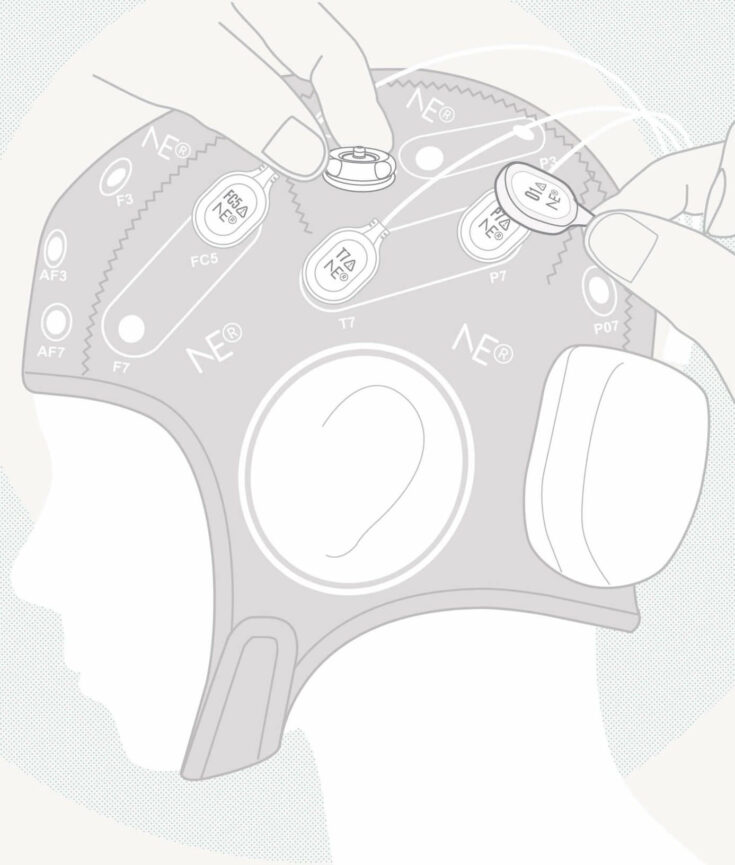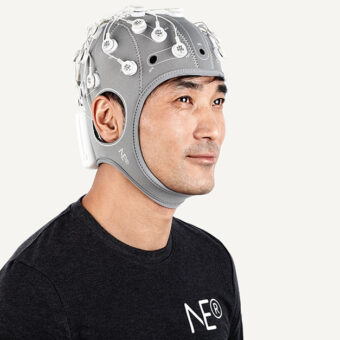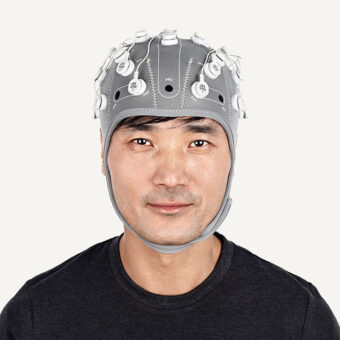Recently in Starlab we conducted some recordings out of the lab. We equipped some volunteers with a bunch of EEG, ECG and GSR sensors along with a GoPro cam so we could capture electro-physiological signals as well as volunteers’ point of view during the whole experiment.
The idea was to record people while visiting an art exhibition in a museum to catch their affective state along the visit.
During the experiment we faced some challenges and had to sort some problems out derived from this completely new environment for us. I’d like to share here that out of the lab experience with you.
Hurrying up. You got two hours before the place is open to the public
Being out of the lab makes thing funnier but a bit more complicated. In our case we got from the art exhibitor a two-hours window before the opening to have the volunteers alone wandering around the exhibition. Taking into account that a normal visit could last around 45-50 minutes, it presented our first challenge to solve: how to set-up all the sensors in less than 15 minutes.
Our main concern was about the EEG sensor since we meant to record up to twenty channels and we know how important is to do a good set-up to obtain meaningful signals.
With such a constraint, using dry electrodes might have been an option. You can place this type of electrodes directly in the cap so you just need to put it on the volunteer and place the reference. This would have for sure sped up the set-up but with a cost we weren’t sure that we could afford: motion artefacts. Dry electrodes would be more susceptible to volunteers’ movement and in that concrete experiments where they would be freely visiting the exhibition could have been a big problem.
We then preferred going for the classic wet electrodes. We replicated the set-up in our premises several times before doing the actual recordings in the art exhibition. We wanted to be sure that everything could be done in the proper amount of time. If you go out of the lab make sure that at least everything works _in_ the lab.
All right, you put gel on my hair now I need a shower
In this experiment we explore for half of the recordings a new electrode technology. Here we wanted to deal with the problem of putting gel of the hair of the volunteers. Obviously they wanted to wash their hair before heading to work after the experiment but this wasn’t possible at the art gallery.
Our colleagues at Neuroelectrics provided us with a new solid-gel electrodes. They made as good contact than be using gel but since they were solid (imagine a piece of gelatin material), they barely left any trace in the hair. They were a perfect solution to deal with the “shower” problem.
Triggering the experiment
In a free environment like the one we had, triggering the experiment to later analyse the different conditions might be difficult. In that case it was necessary to track when the volunteers observed each of the stimuli (the pieces of art in the exhibition).
If everything had been in our hands and there had been no budget limitation we would have go for some dedicated solution where every piece of art would have some NFC or RFID emitter. By doing that way and including a receiver in our set of sensors we could match the electro-physiological signals with the observation of every artwork.
However, the real world has its limitation and we could not invade the room and the artwork with extra stuff that then had to be removed before opening to public. Our compromise solution was to print some QR codes and place them strategically all over the room. The GoPro then recorded them for later process the images and select when every volunteer observed every picture in the room. Out of the lab you need to be imaginative to find solutions that meet the constrains of not owning the place.
Presenting the results
Eventually we got to record all the signals and analyse them to obtain some nice results (though being a pilot with few subjects the statistical significance was not as important but to demonstrate the viability of the technology to carry out this type of experiments). Next challenge to sort out was about how to present the results so they were meant to be consumed by a non technical audience. We opted to put all the results in a web service in dynamic tables so the client could sort the obtained results by every volunteer, stimuli or grand averages. Of course we also delivered a face to face presentation where we explained the obtained results.
All in all it was a great experience that we are delighted to repeat in the future. What would be the next scenario?



